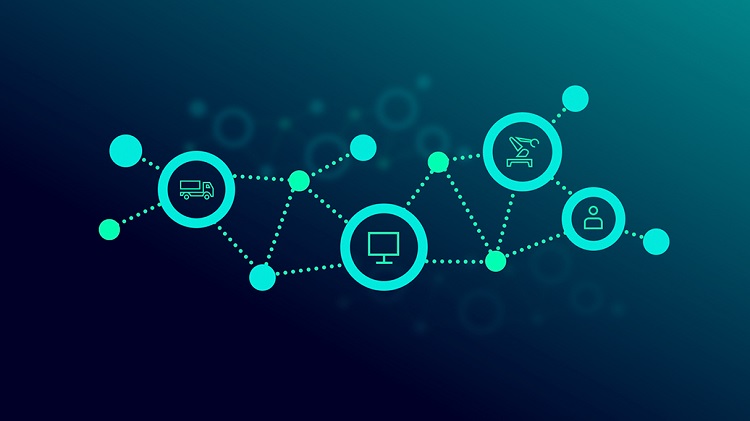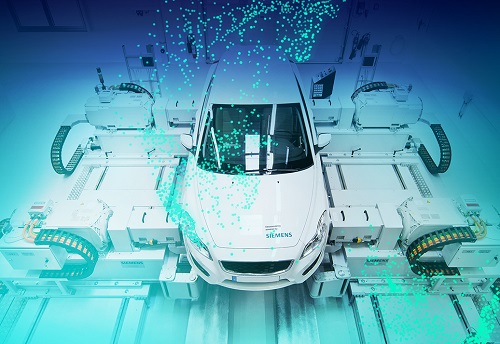Creating the open enterprise

What are the opportunities and challenges of openness?
The recent disruptive changes reveals the weaknesses of working practices and technologies within a closed ecosystem. Therefore, technology must step up and deliver more value seamlessly and without burden on time costs or infrastructures.
For companies of all sizes looking to compete in the digital future, connecting companies, ecosystems and partners together is imperative.
Openness within the ecosystem
Large enterprises in industries such as automotive and aerospace working on a large range of projects have a history to their products. These histories seldom include digitalized designs and processes simply because the level of technology didn’t exist during their development. Yet, these products now must be optimized for them to retain their competitiveness.
Every project is completely different and each one presents a challenge because, based on suppliers, vendors and customer requirements, the materials or processes or software used may differ. This is where openness in communication between the company and the external partners within the organization’s ecosystem has monumental benefits.
Companies often work with a range of software as well as OEMs, tier one and tier two suppliers that can literally include bits of paper, initial sketches, records and more. Multiple CAD systems, for example, generally don’t talk to each other particularly well. One major problem is ensuring nothing is lost or that the latest iteration someone is working on is up-to-date.
All of which could be brushed aside for a bit if industries were more stable and disruption wasn’t occurring regularly.

The automotive industry, for example, is undergoing major changes, including transitioning to electric vehicles, autonomous vehicles, mobility as a service and more. Looking at one of the most basic pieces, which is moving away from internal combustion engines and replacing one of the most complex pieces of equipment in a car with batteries and software, the 80+ years of experience designing internal combustion engine cars is suddenly about to be replaced.
The question then is where to find the expertise and ability to make the transition to the digital future. It will likely be a combination of internal domains, such as mechanical and electrical that must collaborate, and external suppliers that can bring expertise. These suppliers may be experts in motors or battery systems using different types of tools that the OEM must validate and verify or risk anything from unresolved issues late in the design cycle to the need for a reputation-damaging recall.
Improving openness in the supply chain
The first place to look to improve openness in the supply chain is software and making it more user friendly. Right now, companies are not just managing different applications, but different versions of different applications that must collaborate over a complex network between manufacturing companies and suppliers. Simplicity is a fundamental part of openness.
Ultimately, companies want the best system. So, it’s really about getting these systems and its users to operate cohesively. Openness is about seamless communication without wasting time or receiving models that must be reengineered.
In the context of the electric vehicle, openness is the ability to understand some of the fundamental issues that the other departments focusing on their respective engineering domains are undergoing. For instance, if a body engineer is constrained to the battery box in an electric vehicle, is another team making a mistake in terms of not giving them enough volume to package in the electronics or possibly to properly cool the battery system? And vice versa by adding weight or volume to the battery box to get range, are they causing issues for another department?
Openness between departments and the wider ecosystem of suppliers is how companies will navigate the complexities and turn them into their competitive advantage.
Check out these resources to learn more about the benefits of openness:
The Open Enterprise: What is Openness?
Xcelerator as a Service: Your all-access pass to digital transformation